关于春节的英语作文
Introduction to the Spring Festival
The Spring Festival, also known as Chinese New Year, is the most significant traditional festival in China. It marks the beginning of a new lunar year and is a time for family reunions, celebrations, and various cultural activities. The festival usually lasts for 15 days, ending with the Lantern Festival.
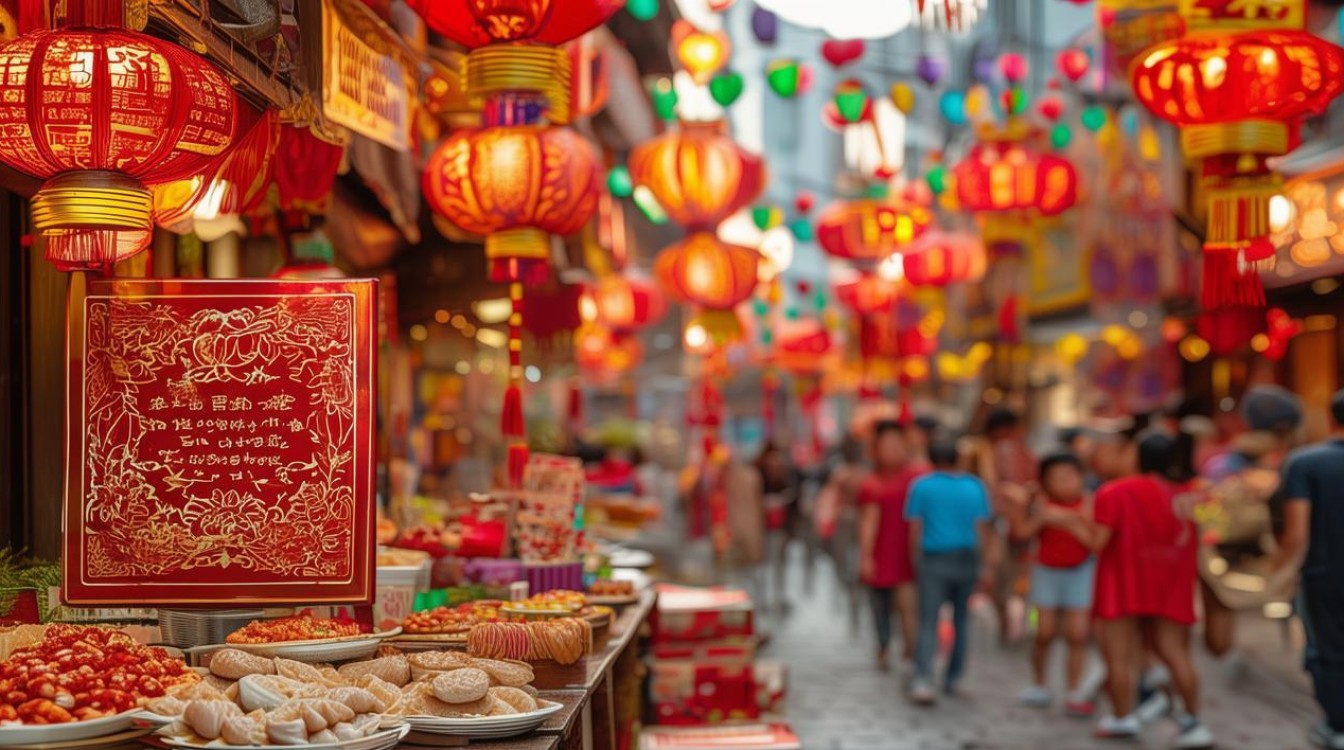
Origin and History
The origin of the Spring Festival can be traced back to the Shang Dynasty, but it became widely celebrated during the Han Dynasty. It is based on the lunar calendar, and the date varies each year according to the lunar phases. The festival is deeply rooted in Chinese culture and has evolved over centuries, incorporating various customs and traditions.
Preparations and Customs
| Activity | Description |
|---|---|
| Cleaning the House | Sweeping away bad luck and making way for incoming good fortune. |
| Decorating | Putting up red lanterns, couplets, and paper cutouts to create a festive atmosphere. |
| Shopping for Goods | Buying new clothes, food, and gifts for family and friends. |
| Cooking Special Meals | Preparing traditional dishes like dumplings, fish, and rice cakes. |
| Giving Red Envelopes | Elders give red envelopes filled with money to children and unmarried adults for good luck. |
Traditional Foods
- Dumplings: Representing wealth and good fortune, often filled with meat or vegetables.
- Fish: Symbolizing abundance and surplus, usually served on New Year's Eve.
- Rice Cakes: Signifying a higher year (higher status) as "cake" sounds like "get promoted" in Chinese.
- Sweet Rice Balls: Eaten during the Lantern Festival, symbolizing family unity.
Cultural Activities
- Setting Off Fireworks: To scare away evil spirits and welcome the new year with loud bursts.
- Dragon and Lion Dances: Performed to bring good luck and prosperity.
- Visiting Friends and Relatives: Exchanging greetings and blessings, often accompanied by gifts.
- Watching the CCTV New Year's Gala: A televised event watched by millions, featuring music, dance, and comedy.
Modern Influences
In recent years, the Spring Festival has also incorporated modern elements. People now send digital red envelopes via apps, watch movies, and travel abroad during the holiday. However, the core traditions remain unchanged, preserving the essence of this ancient festival.
Conclusion
The Spring Festival is more than just a holiday; it is a time to honor traditions, strengthen family bonds, and wish for a prosperous new year. As China continues to modernize, the festival adapts while keeping its cultural roots intact, ensuring that future generations can continue to enjoy this rich heritage.

Q&A Section
Q1: What are the main differences between the Spring Festival and the Western Christmas?
A1: While both are major holidays celebrating family and togetherness, the Spring Festival focuses on new beginnings and ancestral respect, involving activities like cleaning the house and honoring ancestors. Christmas, on the other hand, centers around the birth of Jesus Christ and includes religious ceremonies, gift-giving, and decorations like Christmas trees and lights.
Q2: How do people in different regions of China celebrate the Spring Festival differently?

A2: Celebrations vary across regions due to local customs and dialects. For example, in Northern China, jiaozi (dumplings) are a staple, whereas Southerners might prefer sticky rice cakes. In some areas, unique dragon dances or lion dances are performed, and certain regions have specific superstitions or rituals to
版权声明:本文由 数字独教育 发布,如需转载请注明出处。



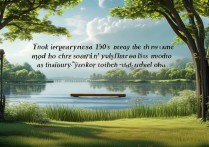

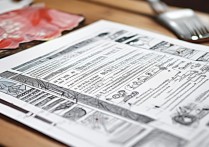
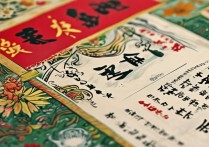

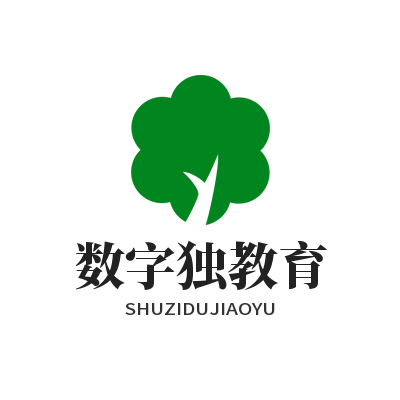




 冀ICP备2021017634号-12
冀ICP备2021017634号-12
 冀公网安备13062802000114号
冀公网安备13062802000114号